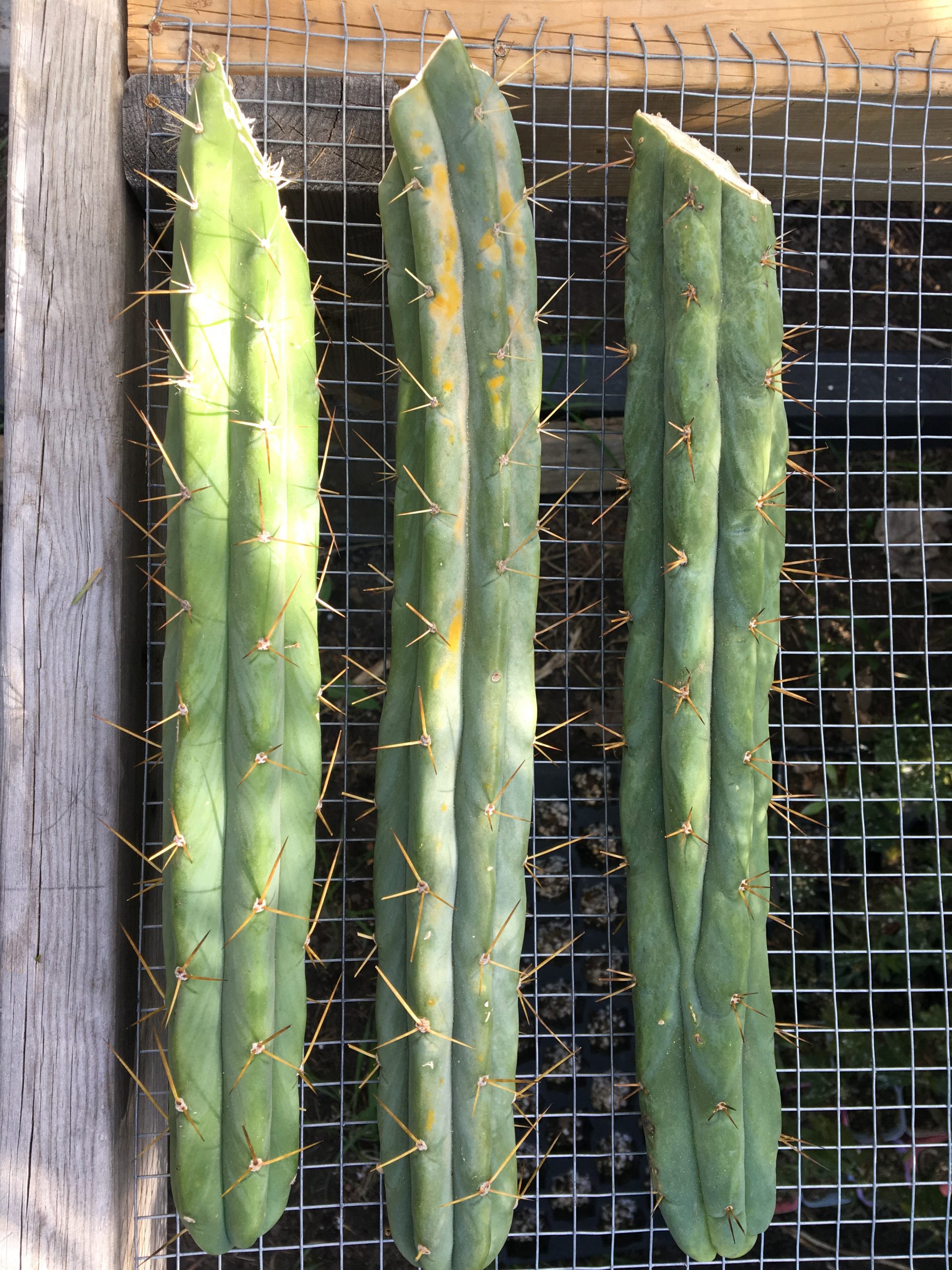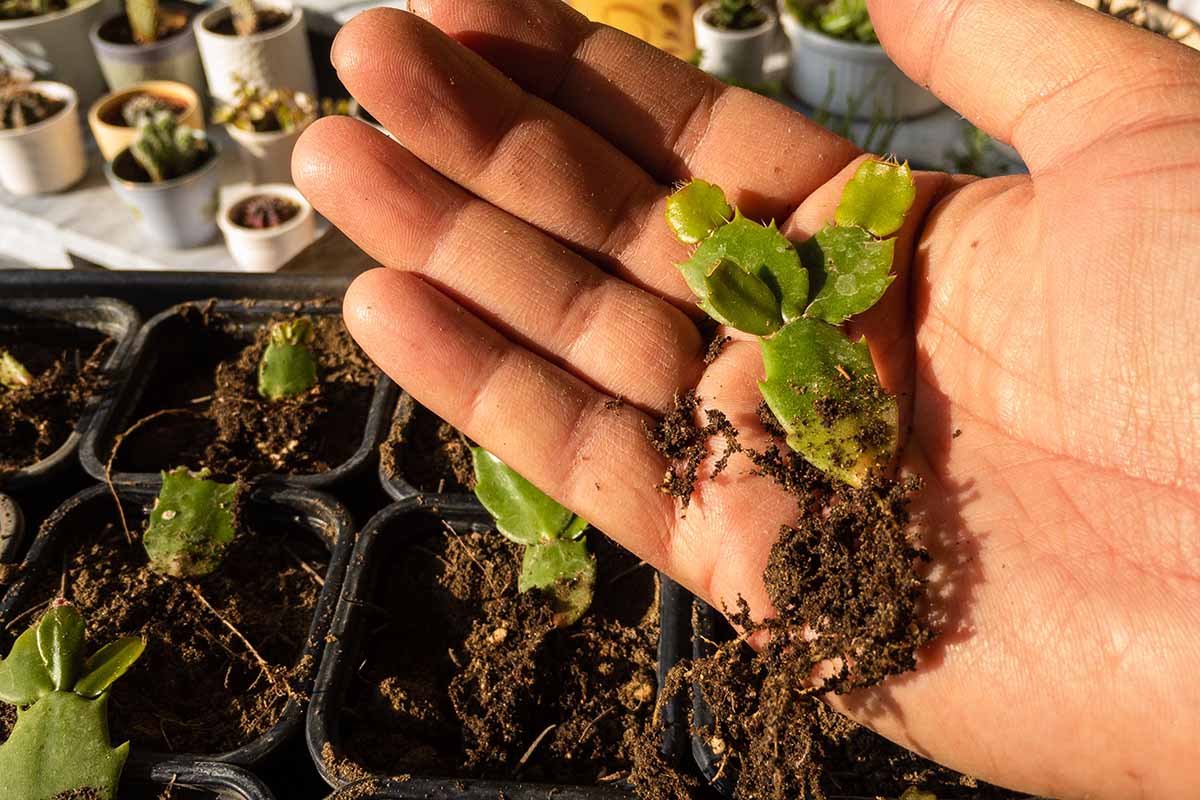The Benefits of Taking Cuttings from Cacti
When it comes to propagating cacti, taking cuttings is an excellent method for enthusiasts and collectors. By learning how to take cuttings from cacti, individuals can share their favorite plants with friends and family, create new varieties, and even preserve rare species. This method of propagation also allows for the multiplication of plants with desirable traits, such as unique shapes, vibrant colors, or hardiness. Furthermore, taking cuttings from cacti enables growers to replace older, mature plants with younger, healthier ones, ensuring a continuous supply of thriving specimens. With the ability to propagate cacti through cuttings, enthusiasts can expand their collections, experiment with new species, and contribute to the preservation of these fascinating plants.
Choosing the Right Cacti for Cuttings
When it comes to taking cuttings from cacti, selecting the right plant is crucial for success. Healthy, mature cacti with desirable traits are ideal for propagation. Look for plants with vibrant colors, strong stems, and well-formed areoles. Avoid taking cuttings from weak or diseased plants, as this can lead to poor rooting and increased risk of infection. Some species, such as the popular Christmas cactus, are more suitable for propagation than others. Research the specific needs and characteristics of your cacti species to ensure the best results. Additionally, consider the age and size of the plant, as older, more mature cacti tend to produce higher-quality cuttings. By choosing the right cacti for cuttings, you can increase your chances of successful propagation and enjoy a thriving collection of these fascinating plants.
How to Prepare Your Cacti for Cutting
Before taking cuttings from cacti, it’s essential to prepare the plant to ensure optimal results. Timing is crucial, as cacti are typically more receptive to cutting during their active growing season. Prune the plant to encourage new growth and promote a bushy shape, making it easier to take cuttings. Water the cacti thoroughly a few days before taking cuttings to ensure the stems are hydrated and plump. Fertilize the plant with a balanced, water-soluble fertilizer to provide essential nutrients for healthy growth. A healthy, well-nourished plant will produce higher-quality cuttings, increasing the chances of successful propagation. Additionally, inspect the plant for any signs of disease or pests, and treat accordingly to prevent the spread of infection. By following these steps, you’ll be well on your way to taking healthy, thriving cuttings from your cacti.
The Cutting Process: A Step-by-Step Guide
When it comes to taking cuttings from cacti, having the right tools and techniques is crucial for success. To get started, gather a sharp, sterile knife or pruning tool, a pot or tray filled with well-draining soil, and a rooting hormone powder or liquid. Choose a healthy, mature stem section with at least three areoles, and cut just above an areole using a 45-degree angle cut. Make the cut during the cooler part of the day to minimize stress on the plant. Handle the cut ends carefully to avoid damaging the delicate tissues. Dip the cut end into the rooting hormone to promote root growth, and plant the cutting in the soil, gently firming it in place. Water the soil gently but thoroughly, and provide bright, indirect light. By following these steps, you’ll be well on your way to successfully taking cuttings from your cacti and growing new plants. Remember, learning how to take cuttings from cacti requires patience and practice, so don’t be discouraged if it takes a few attempts to get it right.
Rooting and Caring for Your Cacti Cuttings
Once you’ve taken cuttings from your cacti, the next step is to encourage root growth and provide the right conditions for them to thrive. To promote rooting, place the cuttings in a humid environment with temperatures between 65-75°F (18-24°C). Ensure the soil is consistently moist but not waterlogged, as this can lead to rot. Provide bright, indirect light, but avoid direct sunlight, which can cause the cuttings to dry out. It’s essential to maintain high humidity, especially during the first few weeks, to help the cuttings develop roots. You can achieve this by covering the pot or tray with a clear plastic bag or cloche. After 2-3 weeks, start to gradually reduce the humidity to acclimate the cuttings to normal growing conditions. With proper care, your cacti cuttings should develop roots within 1-3 months. Remember, learning how to take cuttings from cacti requires patience, and it’s crucial to monitor the cuttings’ progress and adjust their care accordingly.
Troubleshooting Common Problems with Cacti Cuttings
When learning how to take cuttings from cacti, it’s essential to be aware of potential issues that may arise during the propagation process. One common problem is rot, which can occur if the cut ends are not properly dried or if the soil is too moist. To prevent rot, ensure the cut ends are dry and calloused before planting, and avoid overwatering. Fungal infections can also be a problem, especially in humid environments. To combat fungal infections, improve air circulation, and treat the cuttings with a fungicide if necessary. Pest infestations, such as mealybugs or spider mites, can also affect cacti cuttings. Inspect the cuttings regularly, and treat any infestations promptly with insecticidal soap or neem oil. By being aware of these potential issues and taking preventative measures, you can increase your chances of success when taking cuttings from cacti. Remember, troubleshooting common problems is an essential part of mastering the art of cacti propagation.
Advanced Techniques for Cacti Propagation
While taking stem cuttings is a popular method for propagating cacti, there are other advanced techniques that can be used to increase the chances of success and explore new possibilities. These methods require more skill and patience, but can lead to exciting results.
Grafting, for instance, involves joining a cutting from one cactus to the root system of another. This technique is particularly useful for species that are difficult to root or have weak root systems. By grafting a cutting to a stronger root system, the chances of successful propagation are increased. To graft cacti, a healthy rootstock is selected and a cutting is taken from the desired species. The two are then joined using a specialized grafting wax or tape, and the union is allowed to heal.
Leaf cuttings are another advanced technique for propagating cacti. This method involves removing healthy leaves from a mature plant and allowing them to dry out for a few days to form a callus. The leaves are then planted in a well-draining soil mix and kept in a warm, humid environment until roots develop. Leaf cuttings are ideal for species that produce abundant leaves, such as Christmas cacti and Easter cacti.
Seed propagation is a more challenging and time-consuming method, but can be rewarding for those who enjoy the process. Cactus seeds are typically small and require careful handling to avoid contamination and overwatering. To propagate cacti from seed, a sterile soil mix is prepared and the seeds are sown on the surface. The soil is then kept moist and warm until germination occurs, which can take several weeks to several months.
These advanced techniques offer a range of possibilities for cacti enthusiasts who want to explore new ways of propagating their favorite species. By mastering these methods, it is possible to create new and interesting varieties, preserve rare species, and share plants with others. Remember to always follow proper sanitation and handling procedures when taking cuttings from cacti to ensure the best results.
Conclusion: Unlocking the Secrets of Cacti Propagation
Mastering the art of cacti propagation requires patience, practice, and attention to detail. By following the steps outlined in this article, enthusiasts can successfully take cuttings from cacti and create new plants to share with friends, preserve rare species, and explore new varieties. Remember, the key to success lies in selecting healthy, mature cacti, preparing them properly for cutting, and providing the right conditions for rooting and growth.
Whether you’re a seasoned cacti enthusiast or just starting out, understanding how to take cuttings from cacti is a valuable skill that can open up new possibilities for your hobby. By exploring advanced techniques like grafting, leaf cuttings, and seed propagation, you can take your skills to the next level and unlock the full potential of cacti propagation.
As you embark on your journey to master the art of cacti propagation, keep in mind the importance of timing, plant health, and attention to detail. With practice and patience, you’ll be able to successfully take cuttings from cacti and enjoy the many rewards that this hobby has to offer.








